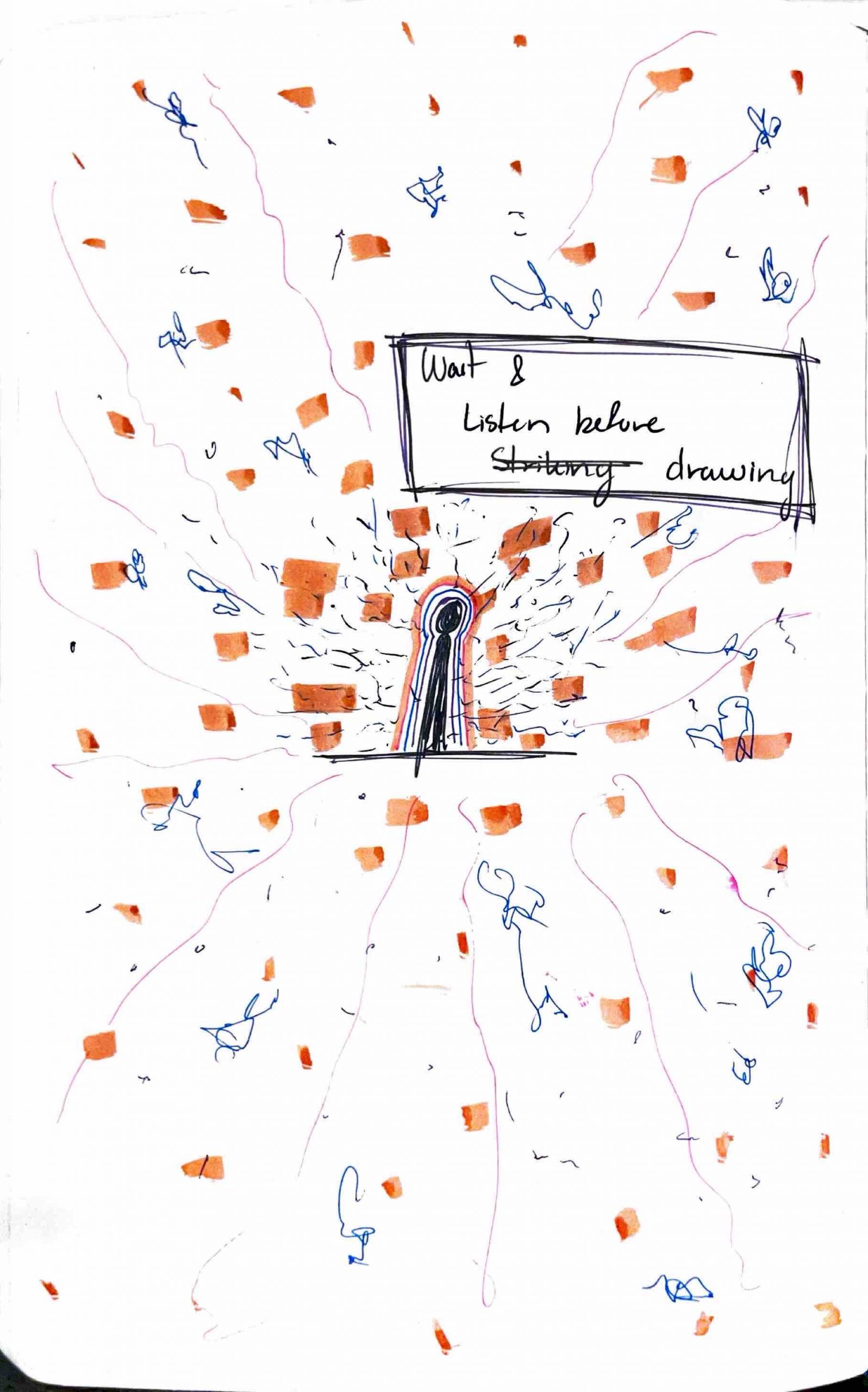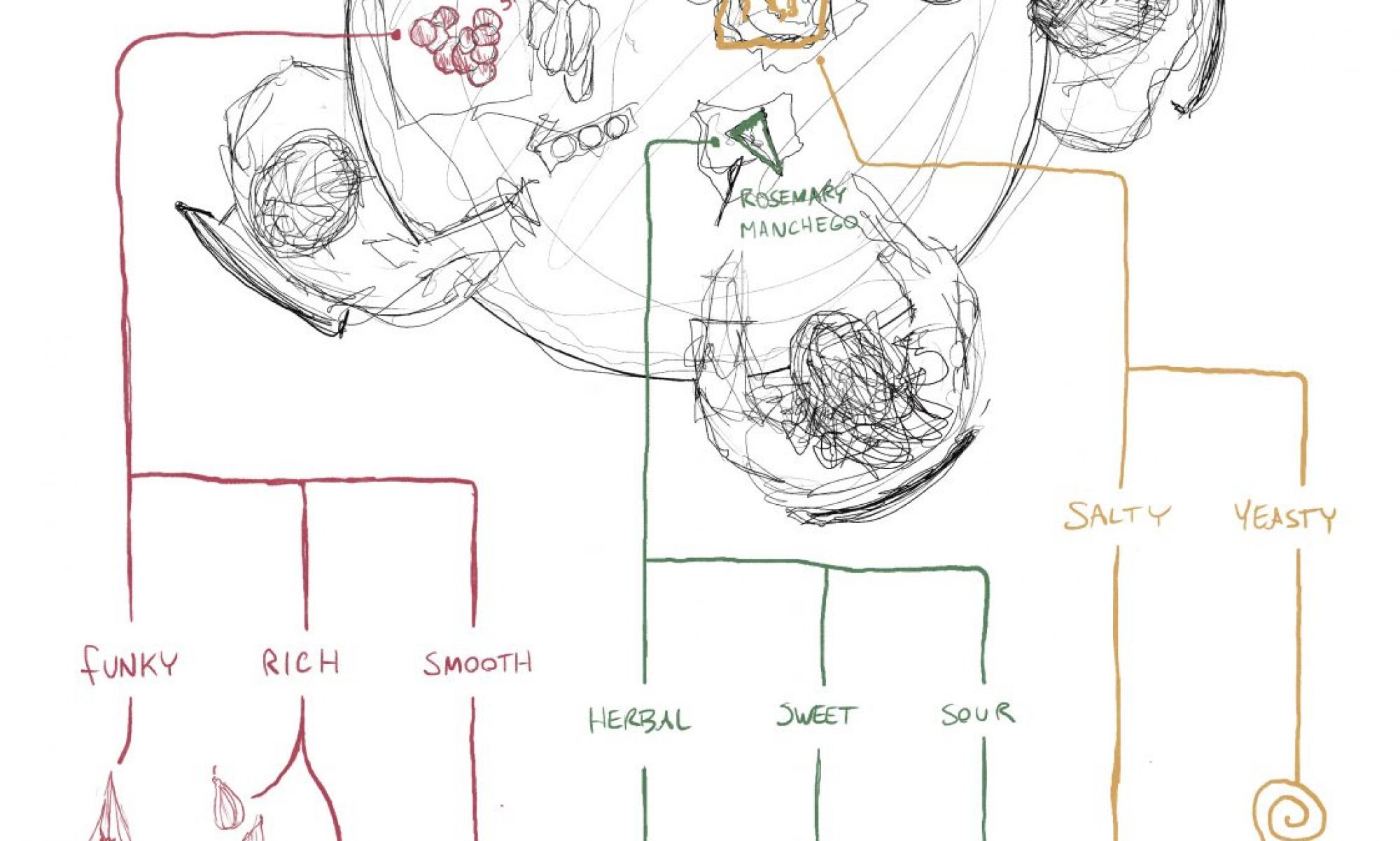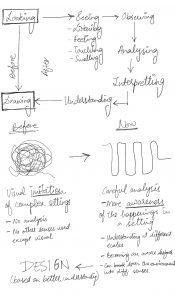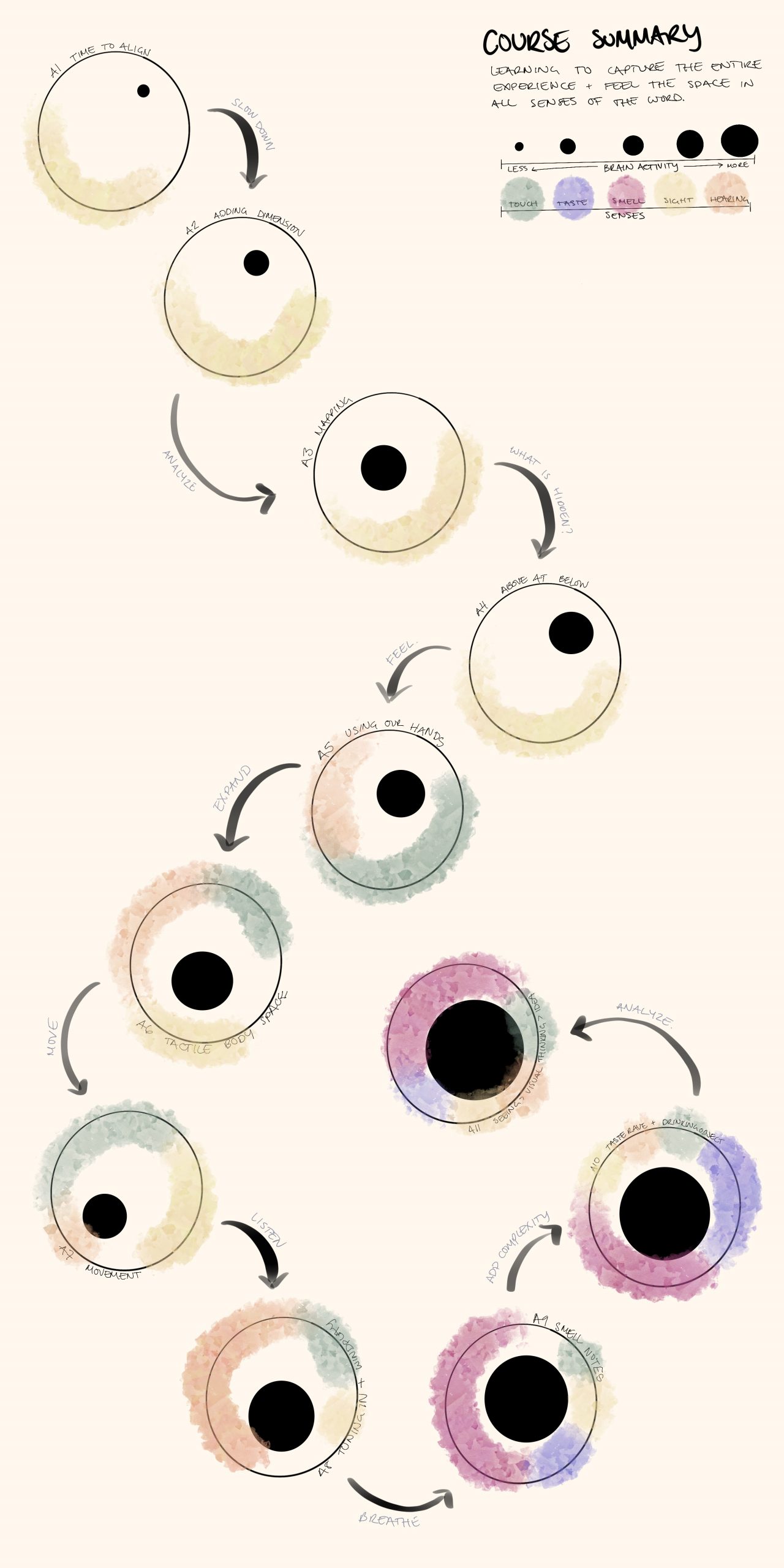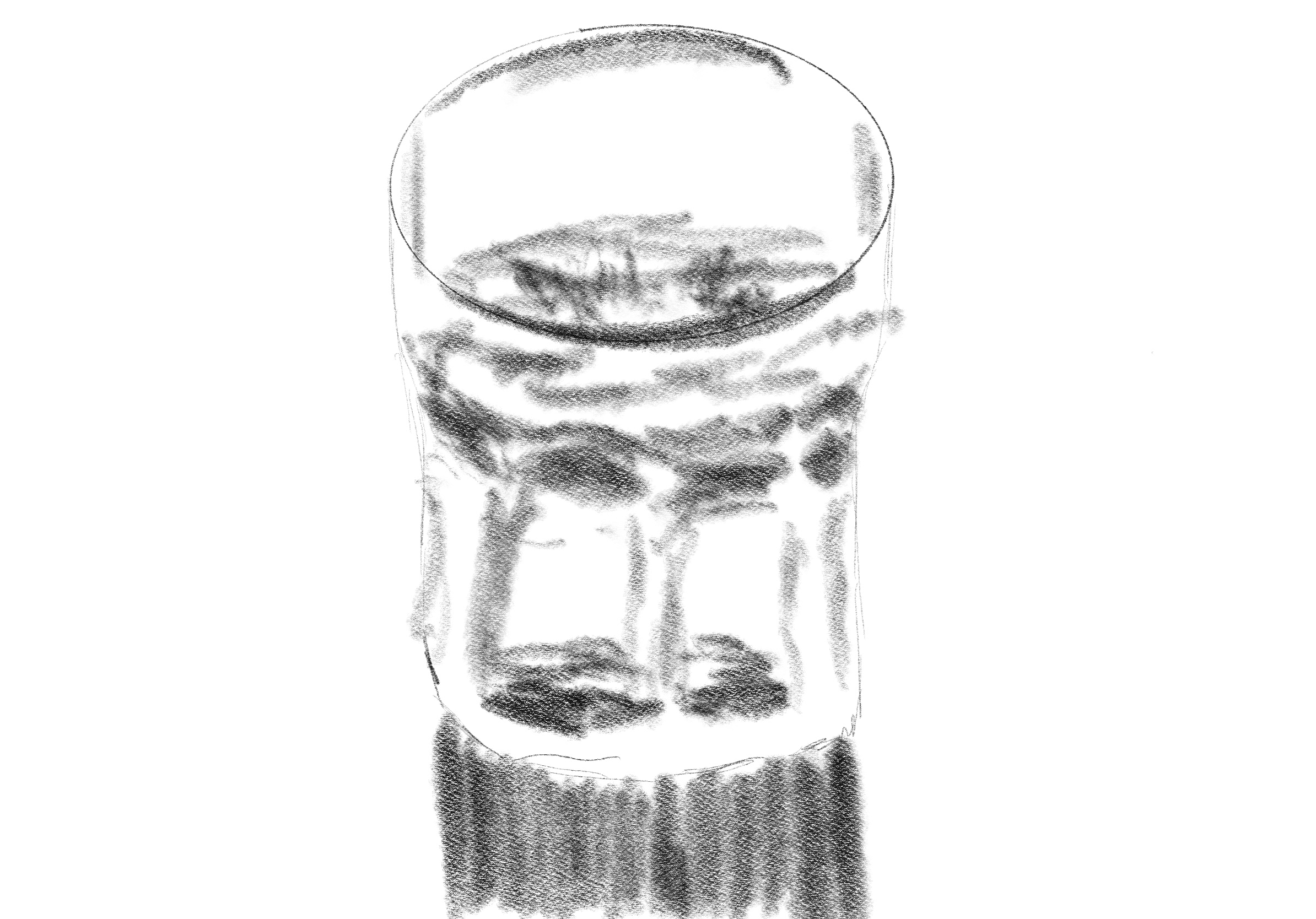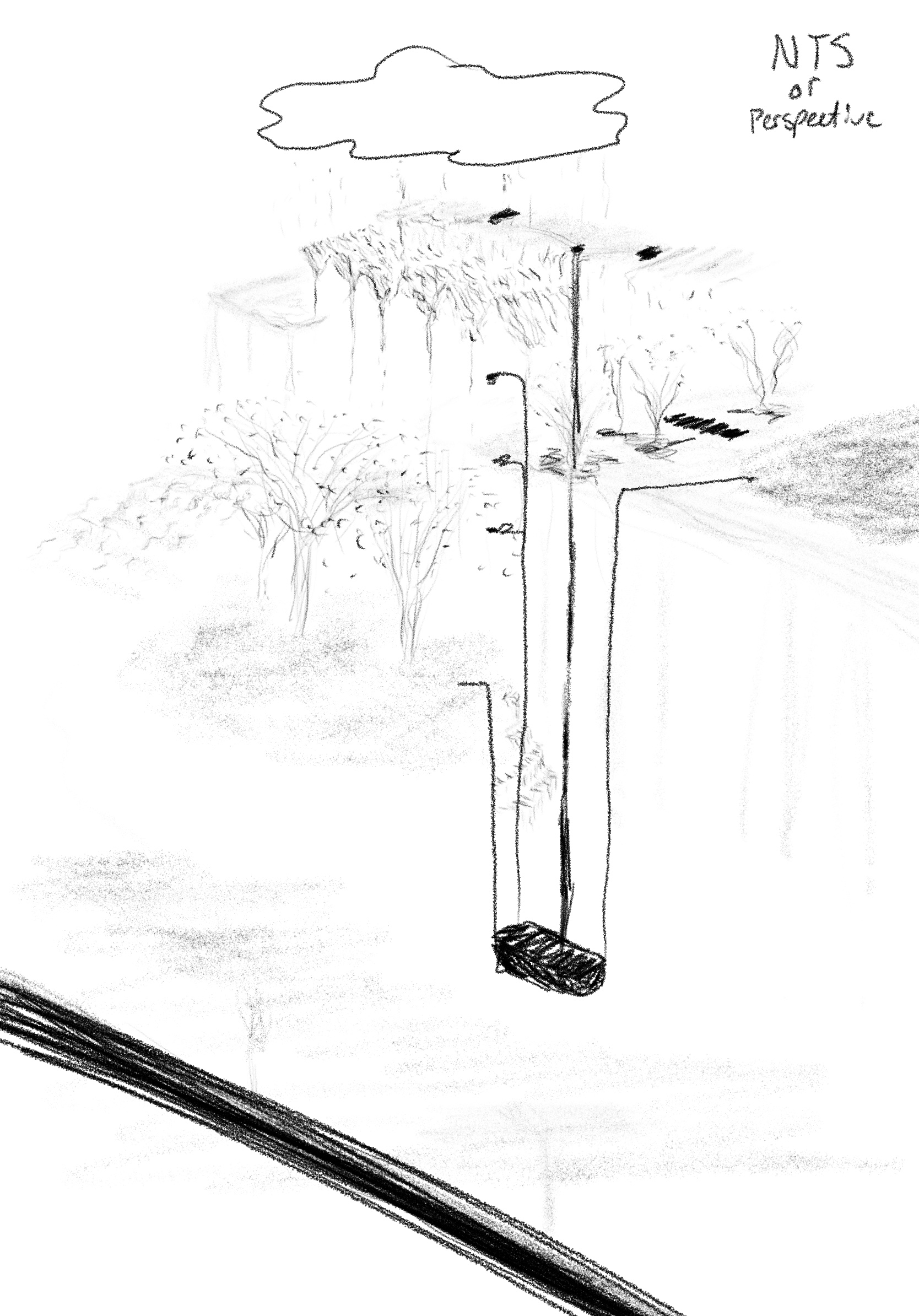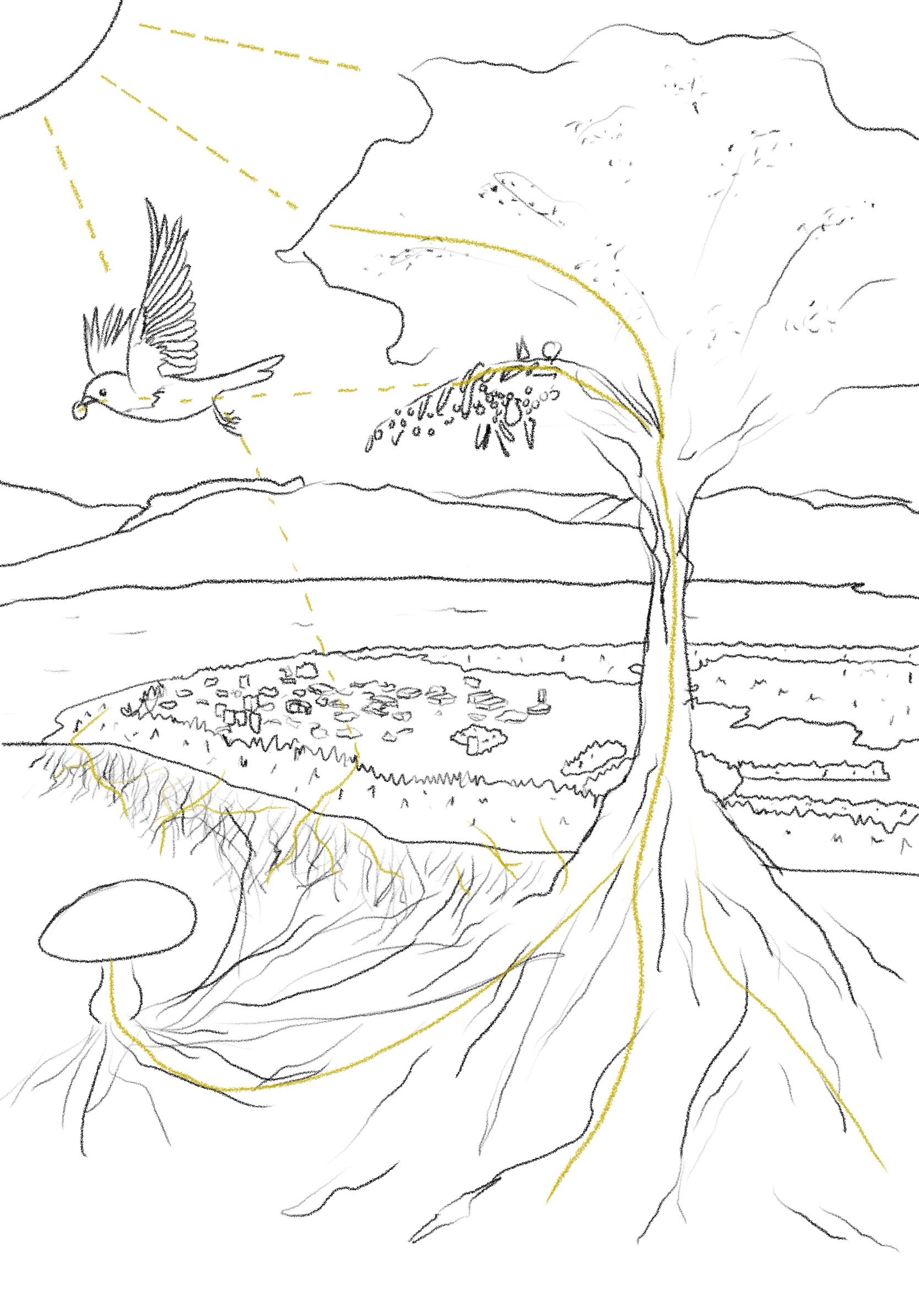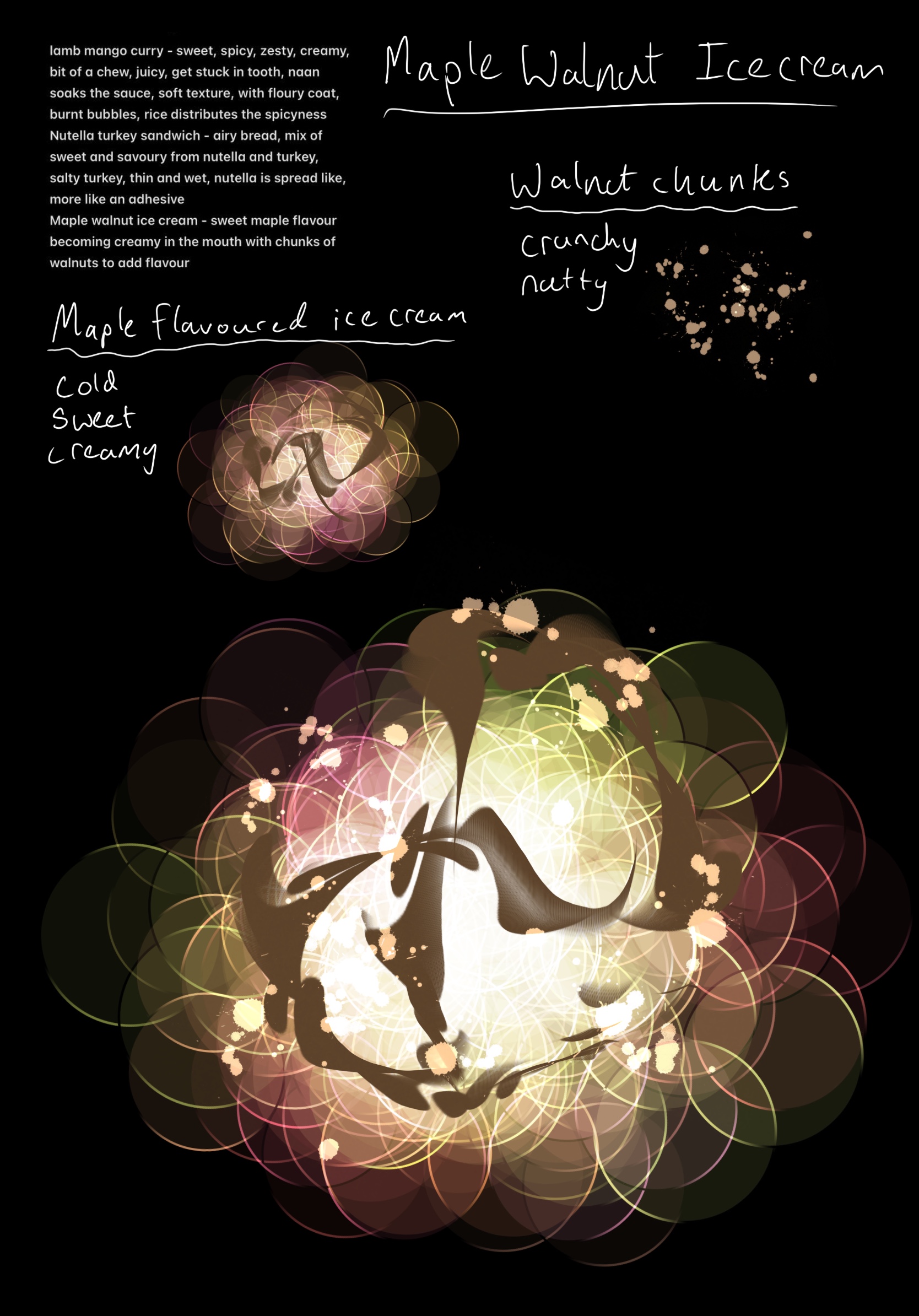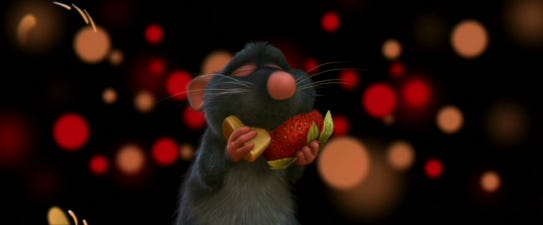Overall this course taught me that I must prioritize using my other senses, especially at the beginning of the design process. Working through the challenges of articulating different senses such as smell, taste, and sound in drawing was an extremely useful practice to cultivating my own method of site analysis as part of an architecture practice. I think by closing my eyes at the beginning of the process, I give space for my other senses to take over. In some way, I think this visual vacancy should be conveyed in whatever is drawn, to give viewers a chance to imagine or enter a drawing through their own senses beyond sight.
Course summary – José Torres
Course Summary – Adam Wojtowicz
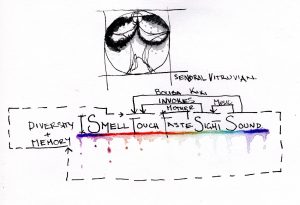
For me, this course dissolved the boundaries of the senses. Here I map the relationships revealed between the senses. The Bouba Kiki effect that gives form to sound, or how music invokes colour. How the directionality and temperature and intensity of light can invoke textures from a distance. That taste, the mother of all senses, the first of our experiences in this world blends, in fact, all five together. And then, the outlier and most sensitive of the senses (only 5 molecules to trigger a nerve): Smell. I drew smell as a poche line that runs through all five as it bridges the senses through memory.
This gave rise to an image in reaction to DaVinci’s rationalist icon of western civilization, the Vitruvian man.
I instead, drew the Sensorial Vitruvian. Not just thinking, but feeling. Not just measuring, but sensing. Not just living, but being.
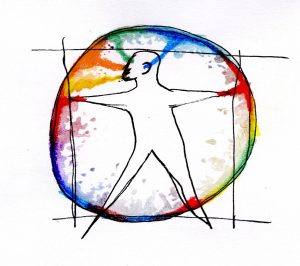
Sheena Jain | Course Summary
Course Summary – Alena Bergeron
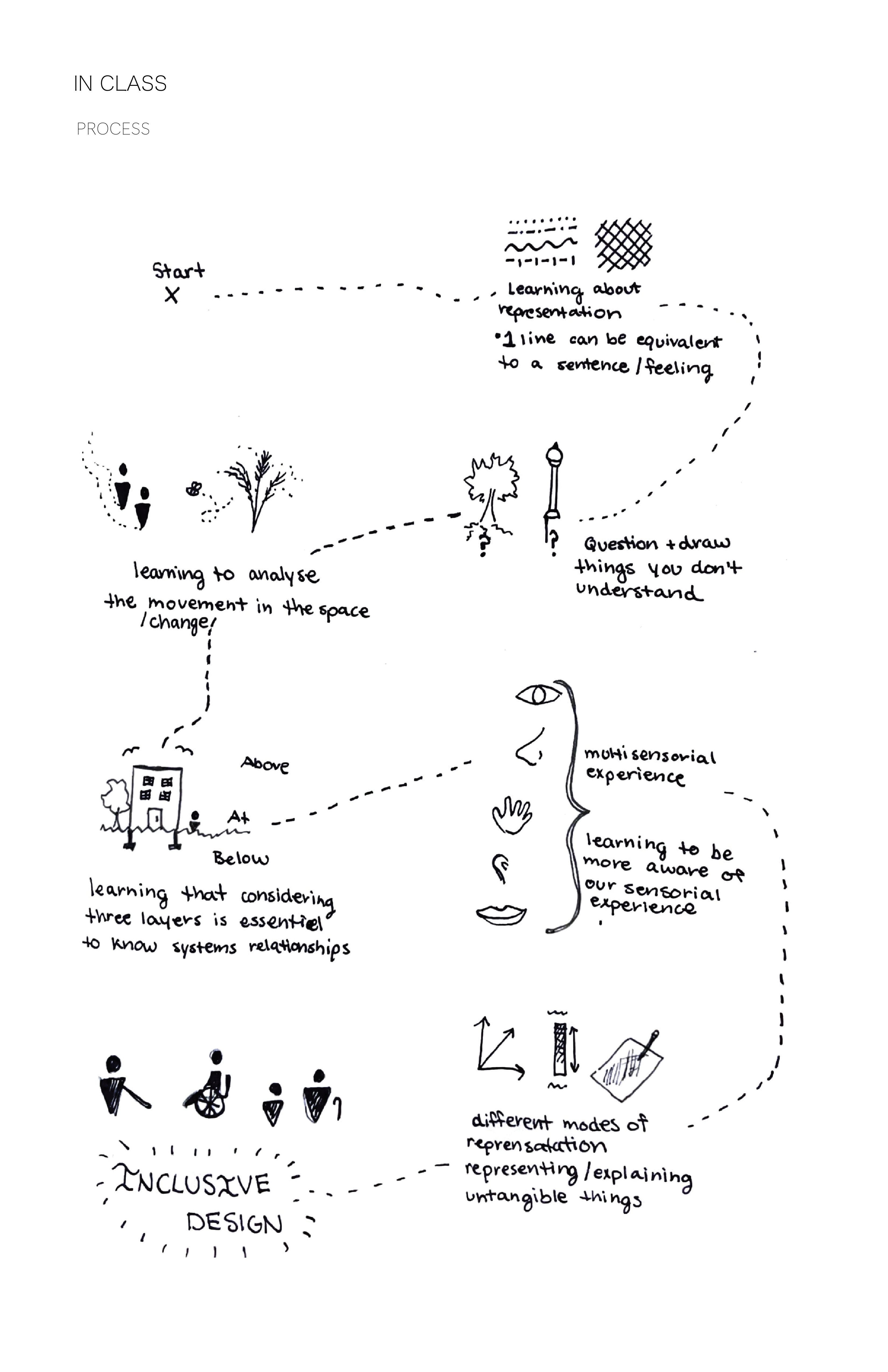
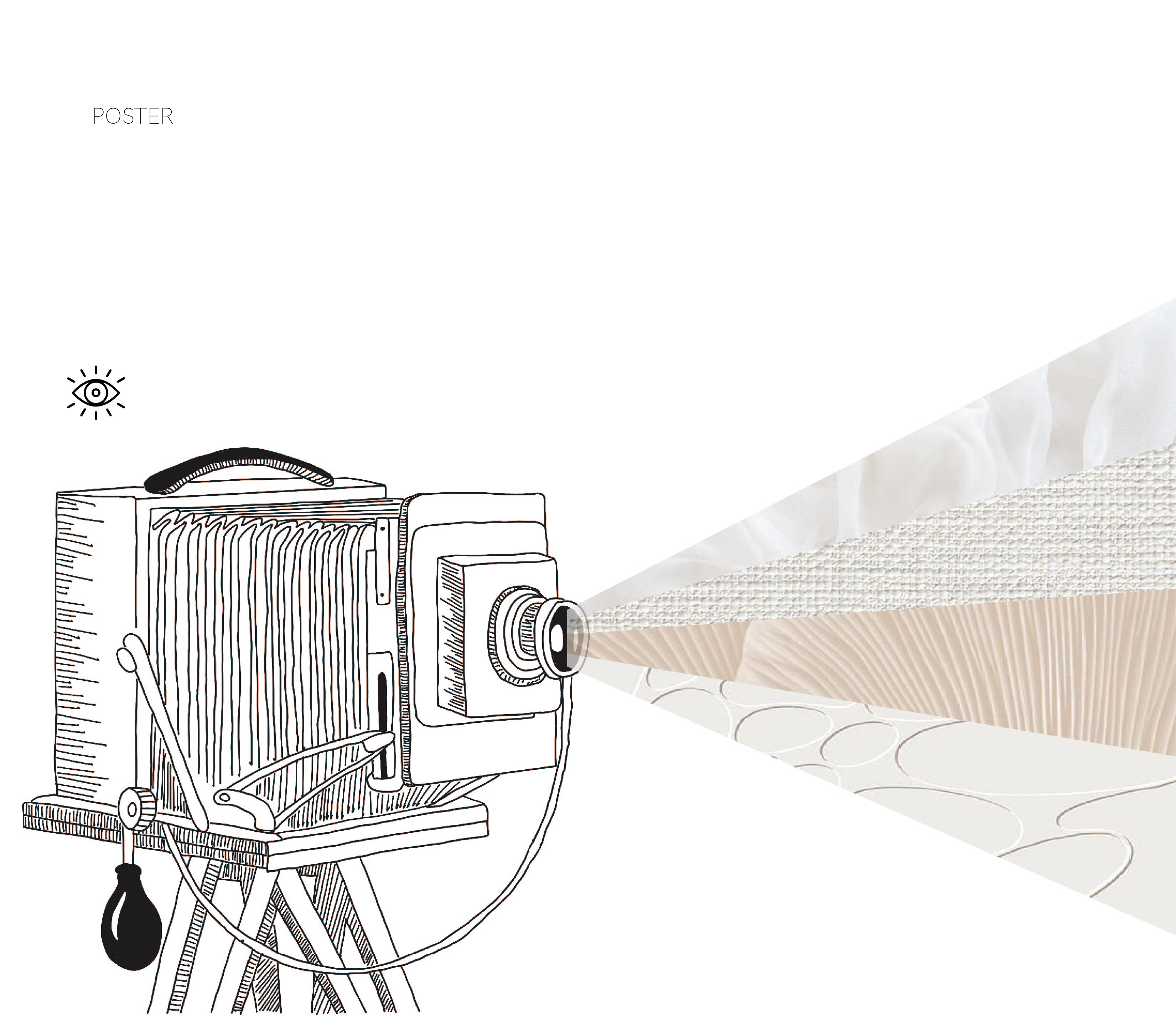
My poster depicts a sketched camera meant to represent my brain and reliance on the visual sense. The camera is sketched as to reflect my earlier work in this course and the four images entering the camera represent in order smell, touch, taste, and sound. I chose to depict a vintage camera as they take longer to process an image just as this class has taught me to stop and take a moment to process my environment. Lastly, I chose to represent the senses based off of images that for me evoked either smell, touch, taste, or sound. Learning to represent a sensorial experience and my feelings has been a key learning curve in this course and I wish to continue exploring modes of representation.
Summary – Merissa Lompart
Course Summary – Talia Neufeld


Course Summary – Nabil Basri
course summary_marina ibrahim

